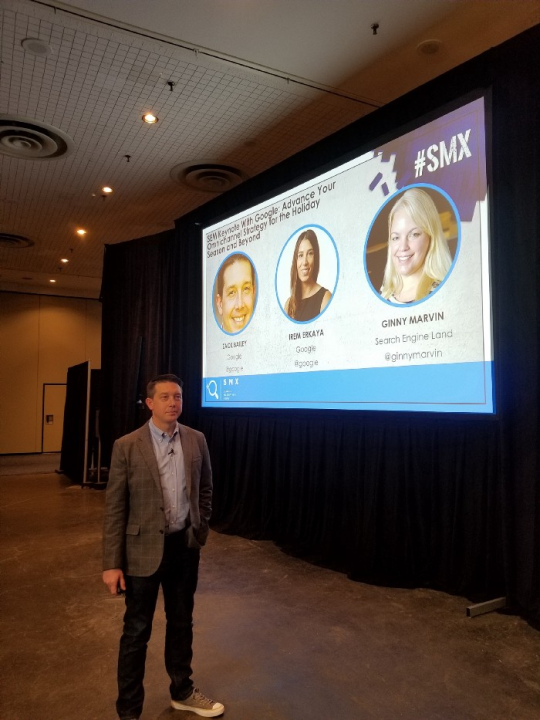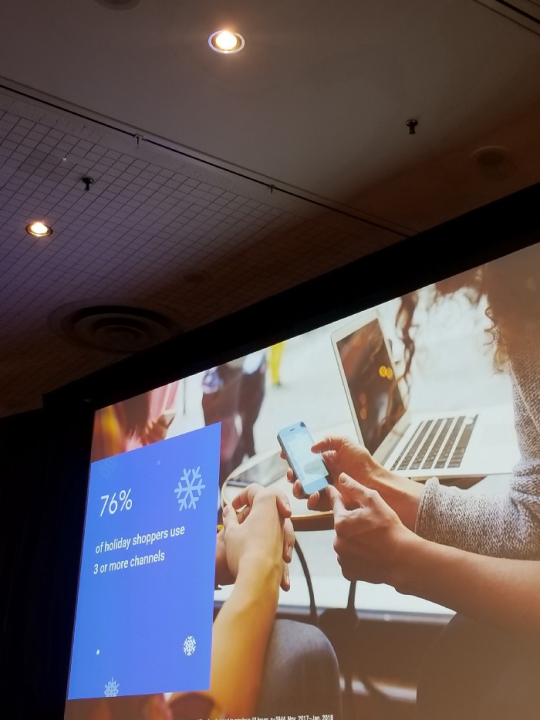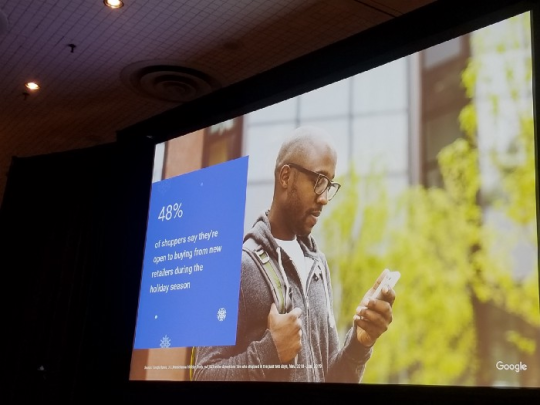How Brands can Engage Challenging Customers & Influencers on Social Networks
We are in the digital age. In this age, social networks are the wave of the future. Today’s consumer is empowered. Social consumers quickly share their thoughts about a product or an experience on Facebook, Twitter, Google and many other networks. Brands need to be present on social networks to interact and engage with the empowered consumer. More consumers are consulting their social networks for product recommendations. It is important for brands to listen to their customers on social networks.

image via Shopify.com
Scenario
An article goes out on Twitter about how a customer credits a particular tool with helping her improve business results. A group of disgruntled Influencers and Industry insiders reply negatively claiming the story was paid for or sponsored by the company.
I would do the following to address the issue:
- Handle the situation right away stating that the story was not paid for and that the customer was a satisfied user of the product
- Edit the content to state that no one was paid for their opinion
To address Tweet that said, (“Company X just takes money from people to put up this crap- that tool sucks.”)
I would:
- Ask them to explain why they felt that way and if they had an issue with the product
- Share this with the company so they could address any issues these customers may have had with the product
I would take immediate action to make sure the situation was contained. My priority would be to protect the company brand.
How have you handled challenges on Social Media? Comment and share below.
About the Author
Dan is passionate about using Marketing to help businesses drive sales. Certified in Inbound Marketing, Dan has worked on various marketing assignments including: Start Ups, a Political Campaign & a Digital Marketing Conference.
Prior to serving as a Classroom teacher, Dan served customers as an Outside Sales & Marketing Rep in NYC. In this role, he taught & trained Dentists on the company’s products & services using a consultative selling approach combined with direct marketing. He also supported the company’s marketing efforts at industry trade shows.
He writes & publishes a business blog on the topics of Sales, Marketing & Social Media entitled Sales, Marketing & Social Media Today; which has grown to over 17,000 followers on LinkedIn & over 15,000 on WordPress.
Dan’s articles & insights on Sales, Marketing & Social Media have been featured, mentioned & referenced in major Business Publications such as:
The Arizona Republic
http://yourbusiness.azcentral.com/handle-top-10-sme-sales-objections-24845.html
Twitter Ads Blog
https://blog.twitter.com/2014/how-smartphone-users-engage-on-twitter-three-key-findings
Yahoo! Finance Blog
https://es.finance.yahoo.com/blogs/fintechnologiayredeses/cueva-arma-secreta-obama-110427857.html
Paper.li’s Wall Of Fame via Scoop.it
http://www.scoop.it/t/all-things-paper-li/?tag=Dan+Galante
Dan has been honored for his Social Profiles & Content
•Recognized by Klout for having a Score putting him in the Top 10 % of Social Media Users
•LinkedIn Social Selling Index Score in the Top 1%
•Honored by SlideShare for being in the top 5% of profiles viewed in 2014
•Honored by LinkedIn in 2012 for being in the top 1% of profiles viewed out of 200 million members
Dan is seeking a full-time marketing role in Direct, Inbound, Digital, Content & Social Media Marketing. He is willing to be a CMO to create and build out the Marketing function of your organization if it does not exist. Contact him to set up interviews. dan@dangalante.com











